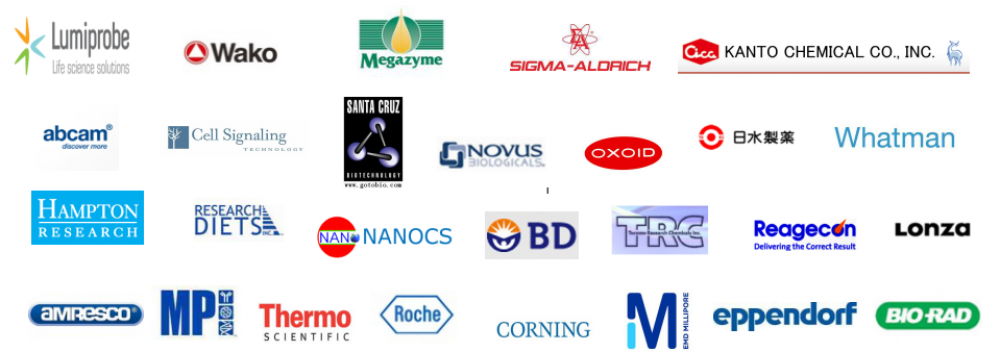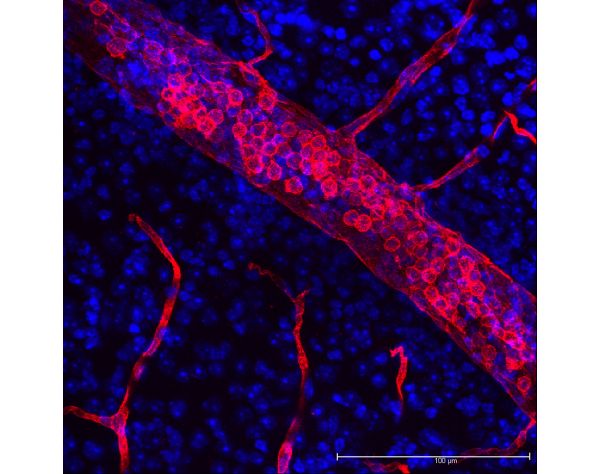Vector Labs代理,欢迎访问Vector Labs官网或者咨询我们获取相关Vector Labs产品信息以及报价。
Vector Labs 公司是世界著名的生物学检测试剂公司,七十年代其在全球首推的生物素-亲和素系统引领了生物学检测方法的重大革命,该系统被普遍视为目前最灵敏、最可靠与最有效的染色系统,并被广泛应用于免疫组织化学、免疫电镜、原位杂交与凝集素化学中。该系统仍在不断地发展,以满足广大研究人员的各种不同要求。Vector 公司还是世界上凝集素产品的主要供应商,并提供大量的新产品,如酶底物、神经元示踪剂及蛋白质、糖类与核酸的标记、分离与检测试剂。
Lycopersicon Esculentum (Tomato) Lectin (LEL, TL), DyLight® 594
Description
Tomato lectin (from Lycopersicon esculentum) is an effective marker of blood vessels and microglial cells in rodents. Conjugation of the lectin with a fluorophore facilitates fast, one-step detection and visualization using intravascular perfusion methods or direct application to tissue sections.
DyLight® 594 labeled tomato lectin has an appropriate number of fluorochromes bound to provide the optimum staining characteristics for this lectin. This conjugate is supplied essentially free of unconjugated fluorochromes.
- Excitation maximum: 592 nm
- Emission maximum: 617 nm
- Color: Red
Specifications
| Unit Size | 1 mg |
|---|---|
| Applications | Immunofluorescence, Glycobiology |
| Recommended Usage | The recommended concentration range for use is 5-20 µg/ml. If a precipitate forms upon long-term storage, warm to 37 ºC. |
| Recommended Storage | 2-8 °C |
| Maximum Excitation | 592 nm |
| Maximum Emission | 617 nm |
| Solution | 10 mM HEPES, 0.15 M NaCl, pH 7.5, 0.08% sodium azide, 0.1 mM CaCl2. |
| Concentration | 1 mg active conjugate/ml |
| Conjugate | DyLight 594 |
| Color of Fluorescence | Red |
| Sugar Specificity | [GlcNAc]1-3, N-Acetylglucosamine |
Documents
- Lectins in Histochemistry, ELISA, and Western Blot Applications
- Safety Data Sheet
- Download CoA
- Datasheet
Product FAQs
Can the biotinylated Lycopersicon esculentum (tomato) lectin be used for in vivo perfusion studies to trace blood vessels in mice?
The Lycopersicon esculentum (tomato) lectin has been widely reported as an effective blood vessel marker for in vivo vascular perfusion studies in rodent species. Investigators have primarily utilized one of the fluorophore conjugated tomato lectin formats to trace blood vasculature in normal and diseased animals via tail vein or intracardiac injection. However, the biotinylated format has also been used. It allows for flexibility in subsequent visualization by way of either fluorescence or enzyme-based methods. Published references are best source for procedural details. Examples of references where biotinylated tomato lectins have been applied via in vivo perfusion are featured below: Robertson, R.T., et al. (2014) Histochem. Cell Biol. 143(2) Thurston, G., et al. (1998) Am. J Pathol. 153(4):1099-1112
Related Products
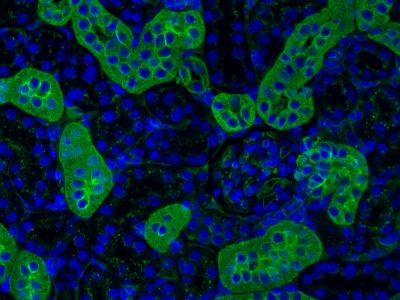
Lycopersicon Esculentum (Tomato) Lectin (LEL, TL), DyLight® 488 Catalog #: DL-1174-1
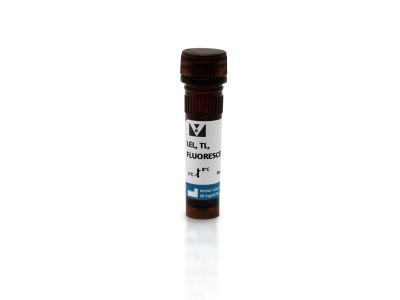
Lycopersicon esculentum (Tomato) Lectin (LEL, TL), Fluorescein Catalog #: FL-1171-1
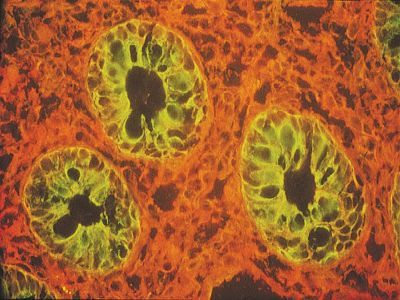
Lycopersicon esculentum (Tomato) Lectin (LEL, TL), Unconjugated Catalog #: L-1170-2
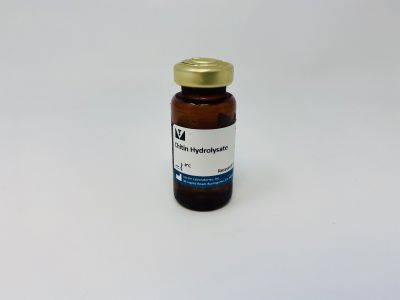
Chitin Hydrolysate Catalog #: SP-0090-10
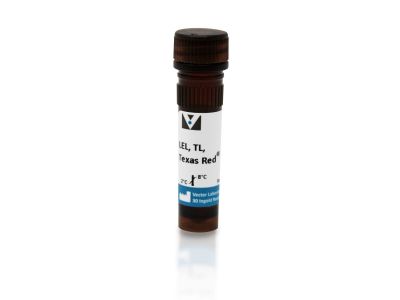
Lycopersicon Esculentum (Tomato) Lectin (LEL, TL), Texas Red® Catalog #: TL-1176-1
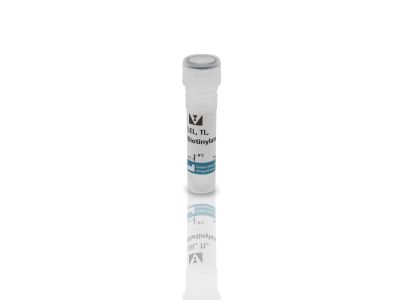
Lycopersicon esculentum (Tomato) Lectin (LEL, TL), Biotinylated Catalog #: B-1175-1
Citations
Technical Information
Tomato lectin is a very stable single subunit glycoprotein containing about 50 percent arabinose and galactose and may form multimeric aggregates in solution. Tomato lectin, although sharing some specificities with potato lectin, Datura lectin, and wheat germ agglutinin, has been reported to be dissimilar in many respects. LEL binds well to glycophorin and Tamm-Horsfall glycoprotein and has been used effectively to label vascular endothelium in rodents.
Texas Red® or DyLight® 594 conjugated tomato lectin provides an excellent contrast to green/yellow fluorescence such as GFP expressed in transgenic animals, or with fluorescein conjugates in standard double label studies. The tomato lectin complements our existing range of lectin reagents and should be a valuable tool in examining rodent tumor angiogenesis, tracing neovascular development in xenograft models and brain research.
Accompanying each fluorescent lectin is an analysis data sheet summarizing the results of our quality control tests and providing pertinent information on the product. All of these reagents are supplied as solutions preserved with sodium azide.
Inhibiting/Eluting Sugar: Chitin Hydrolysate
